In the world of toy train diesels, the brawny Train Master is something of an icon, probably second only to the Electro-Motive F3.
Train Masters have been made by Lionel since the 1950s, and, more recently, by MTH and Williams in O gauge and American Models in S gauge.
Fairbanks-Morse thought that its 2,400-horsepower Train Master, officially called the H-24-66, was going to be a home run. When launched in 1953, the Train Master was the most powerful single-unit diesel on the market.
The company deemed it to be the right locomotive for every job from switching to high-speed freight and passenger service.
But Fairbanks-Morse built just 127 Train Masters for North American railroads between 1953 and 1957. Among those railroads was the Delaware, Lackawanna & Western Ry., which ordered its first batch of 10 Train Masters to help complete the railroad’s transition from steam to diesel power.
Steam passenger operations ended the day before the Lackawanna’s first Train Master was delivered.
Why wasn’t the locomotive more successful? In the August 1973 issue of Trains magazine, author J. David Ingles cited three reasons.
First, the Train Master arrived too late for the marketplace.
Second, Fairbanks-Morse had a rough transition from Westinghouse to General Electric electrical components.
And third, some railroads expressed concern about Fairbanks-Morse’s business future and were uneasy about investing in locomotives that might become orphans.
The model
K-Line is certainly working hard to be the Burger King of O gauge, letting customers “have it your way.”
The Lackawanna Train Master and a similar Virginian Train Master were available as premiums for joining the K-Line Collectors Club. For club sales, the Train Master came in three flavors: the nos. K2438-0856CV conventional version for just $100, K2438-0856HS conventional version with a horn and a smoke unit for $125, and K2438-0857CC with Lionel’s RailSounds, TrainMaster Command Control, command-control couplers, and a smoke unit for $225. Club membership and shipping and handling cost extra.
K-Line also has cataloged non-club Train Masters in Southern Pacific, Milwaukee Road, and Pennsylvania road names, but only in the horn/smoke and RailSounds/TMCC versions at $199.95 and $299.95 respectively.
K-Line’s Train Master is a first-rate model. Comparing it to diagrams and photographs of the prototype, it is clear that the model does an excellent job of capturing the details of this venerable locomotive. The cast-in vents, hatches, doors, latches, and hinges are all well executed.
There are finely detailed see-through screens above all five fans at the long end of the hood as well as behind the cab. Add-on pieces are limited to the horn, handrails, and nice drop bridges on both pilot decks.
There is no cab interior detail, but there are two crew figures facing (at least in our sample) long-nose forward.
The die-cast metal trucks are a work of art. While not rife with add-on brake lines and chains as you might find on a higher-priced diesel, the key detail points are cleanly captured in blackened metal.
The K-Line Train Master’s frame measures a scale 62 feet (151/2 inches), and the coupler-to-coupler length is 67 scale feet (163/4 inches). The prototype was 66 feet long coupler-to-coupler.
While there is a great deal to like about this Train Master, the painting of our sample left a lot to be desired.
The gray and maroon colors were applied cleanly and evenly. But the yellow accent stripes separating the gray and maroon are another matter. The yellow segments weren’t all the same. Some were bright, and others were muted.
In a few places the paint line between yellow and maroon was fuzzy. There was a paint blemish behind the cab on the engineer’s side, and the adjacent yellow stripe angled downward as it approached the cab. In another place there were dabs of yellow paint on the gray body color, as if a striping tool was not removed cleanly.
On the pilots, the safety yellow on the edges of the steps looked as if it had been painted with a heavy hand.
All of this was surprising, because it isn’t typical of other K-Line locomotives and rolling stock we’ve examined.
On the test track
The Train Master was a good performer on our test track. Our sample was a fully loaded locomotive, with a smoke unit, RailSounds, and TMCC.
We measured the locomotive’s low-speed average in conventional-control mode at 14.5 scale mph and its high-speed average at 99.5 scale mph. Operating in command-control mode, it had a low-speed average of 7.5 scale mph.
Drawbar pull for the 4-pound, 10-ounce locomotive was 1 pound, 4 ounces. This struck me as a bit light for a brawny locomotive. But it is comparable to the Lionel MPC-era Train Master that we tested for our story “That was then, this is now” in the November 2002 issue of CTT. That locomotive recorded a pull of 1 pound, 7 ounces. An LTI-era Train Master reviewed in the January 1991 issue of CTT pulled 1 pound, 13 ounces.
If you turn the locomotive over, you’ll find two power pickup rollers spaced 71/2 inches apart. Also underneath are the run or program switch, the RailSounds/SignalSounds on/off switch, and a volume control knob, all on the frame next to the fuel tank, near the cab.
The smoke unit’s on/off switch also is on the frame, just above the trucks on the long-nose end. The smoke was more robust at higher voltages. All TMCC functions worked properly, and the RailSounds effects were pleasing as usual.
While decoration of our sample was sloppy, the K-Line Train Master gets far more things right than wrong. It is well made and nicely detailed with notable screens over its long-end fans.
The twin can-style motors deliver smooth performance, and the locomotive is available in conventional- and command-control mode versions. The sound package is reproduced well. Those who purchased the locomotive as part of K-Line’s 2003 club membership got quite a bargain.





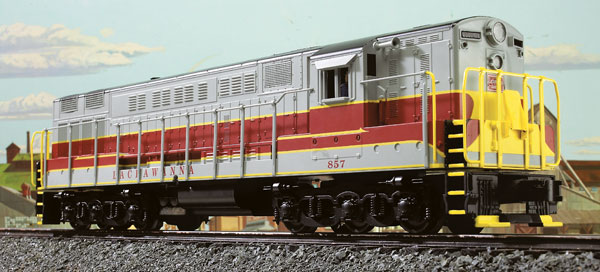

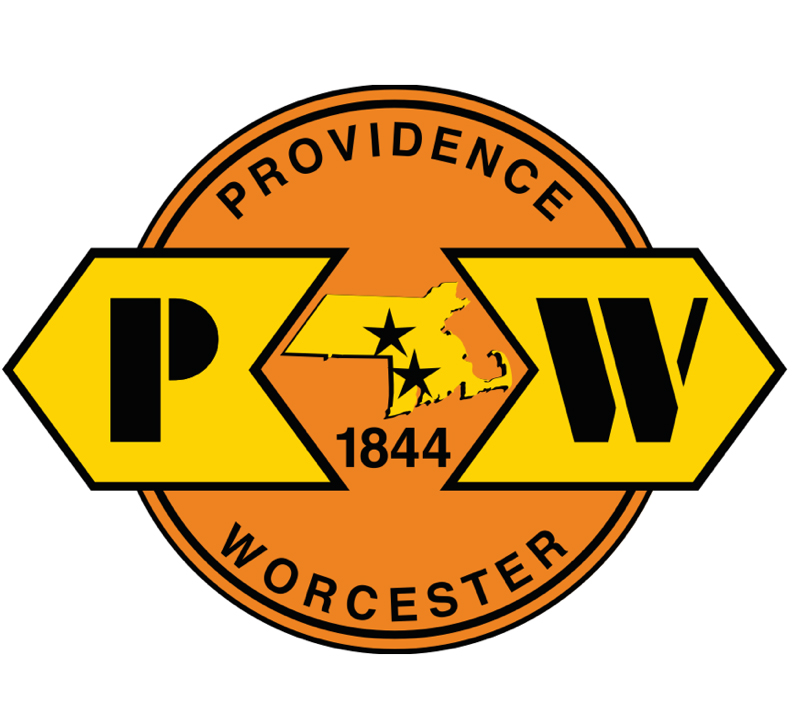
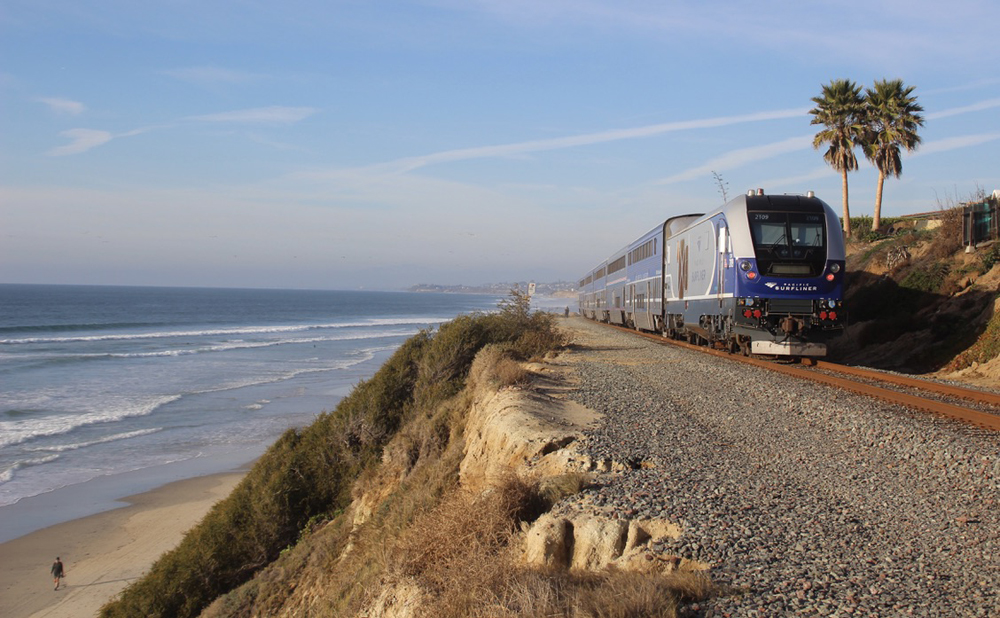
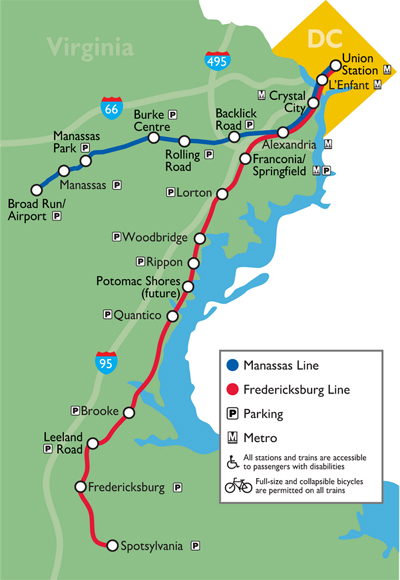
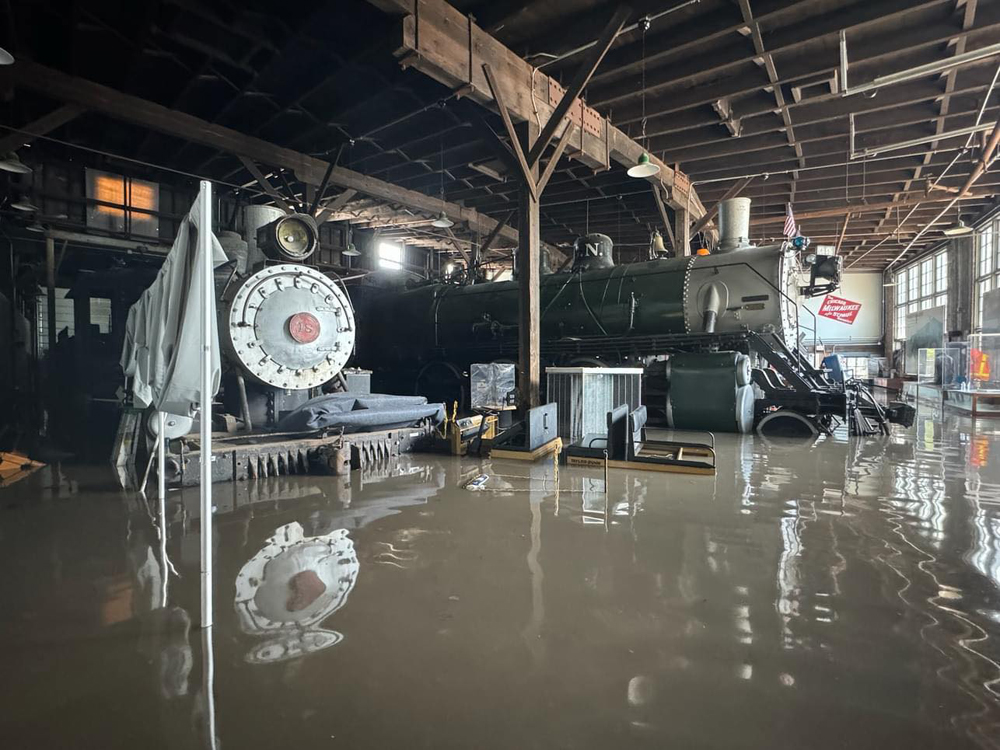




One of the best improvements over the Lionel version is the trucks having the flanges on the first and third axle with the blind wheel in the center. This elininates the toy like extending of the truck side frame on turns. MTH & Lionel need to upgrade their 3 axle trucks like this.
I purchased this loco in the DL&W version from K-Line and to this date (10-6-2009) it is still a nice runner. The price at $100.00 was a steal.